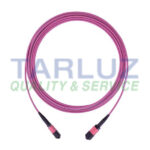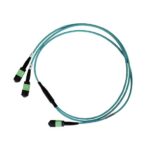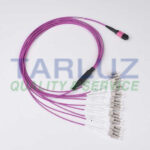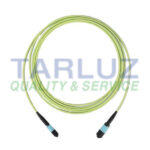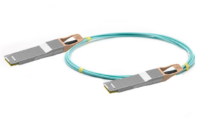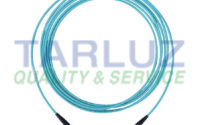Why Professional Expertise is Required for Ordering MPO Patch Cords?
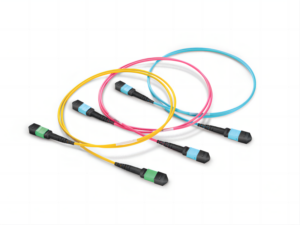
As data centers and high-speed networks evolve, MPO (Multi-fiber Push-On) patch cords have become essential for high-density fiber optic connectivity, particularly in 40G, 100G, 400G, and beyond deployments. However, ordering the right MPO cables is far more complex than simply selecting a standard fiber jumper. A minor oversight in specifications can lead to network failures, increased latency, or costly rework.
Here’s why professional expertise is critical when procuring MPO patch cords:
Navigating Complex MPO Configurations
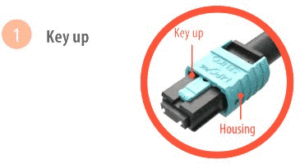
MPO connectors come in multiple variations, and selecting the wrong one can render the entire link unusable. Key considerations include:
Fiber Count (12, 24, 48 fibers) – Must match transceiver and cassette requirements.
Connector Polarity (Type A, B, or C) – Ensures correct signal routing; incorrect polarity breaks communication.
Gender (Male/Female Pins) – Mismatched connectors physically won’t mate.
Polish Type (UPC vs APC or PC) – Critical for minimizing back reflections, especially in single-mode applications.
Without expertise, buyers risk ordering incompatible cables, leading to installation delays and wasted costs.
Ensuring Optimal Performance & Compliance
High-speed networks (e.g., 400G/800G) demand ultra-low loss and high precision. Professionals ensure:
Insertion Loss (IL) & Return Loss (RL) meet TIA/IEC standards.
Cable quality (bend-insensitive fiber, proper strain relief) avoids signal degradation.
Certifications (RoHS, UL, IEC 61753) guarantee reliability and safety.
A non-compliant MPO cable may “work” initially but cause intermittent failures under heavy loads.
Avoiding Costly Mistakes in Customization
MPO cables often require customization, such as:
Lengths (precise measurements for structured cabling).
Jacket Ratings (Plenum, LSZH, or Riser for different environments).
Shielding (armored cables for harsh conditions).
An expert helps tailor specifications to prevent over-engineering or under-specifying, balancing performance and budget.
Future-Proofing for Upgrades
With data centers moving toward 800G and 1.6T, MPO cables must support next-gen optics like:
Single-mode vs. Multi-mode (OS2 vs. OM5 for longer reaches).
High-density MPO-24/48 for spine-leaf architectures.
CPO (Co-Packaged Optics) readiness.
Transceiver Compatibility Matters More Than You Think
When upgrading to 400G networks, many assume the biggest challenge lies in selecting the right switches or transceivers. However, the real hurdle often comes down to something seemingly simple: choosing the correct MPO patch cords.
A network engineer recently shared his experience: “I thought ordering 400G MPO cables would be straightforward—until I was asked whether our system used QSFP-DD or OSFP transceivers.”
The difference is critical:
QSFP-DD typically uses 8x50G lanes
OSFP often employs 4x100G breakout configurations
Using the wrong MPO type means your fibers won’t align properly, resulting in complete link failure.
The SR4 vs. SR8 Dilemma
The complexity deepens when considering:
QSFP-DD SR4 requires Base-8 MPO for 4x100G connections
QSFP-DD SR8 needs Base-16 MPO for 8x50G connectivity
One network professional recalled: “We initially ordered what we thought were standard 400G cables, only to discover they were incompatible with our breakout configuration. The resulting delay cost us weeks of troubleshooting.”
Tarluz will help you confirm information below:
MPO connector types (8, 12, 16, 24 fiber)
Polarity schemes (Type A, B, or C)
Breakout compatibility
Future upgrade paths….
More informations please click this!
